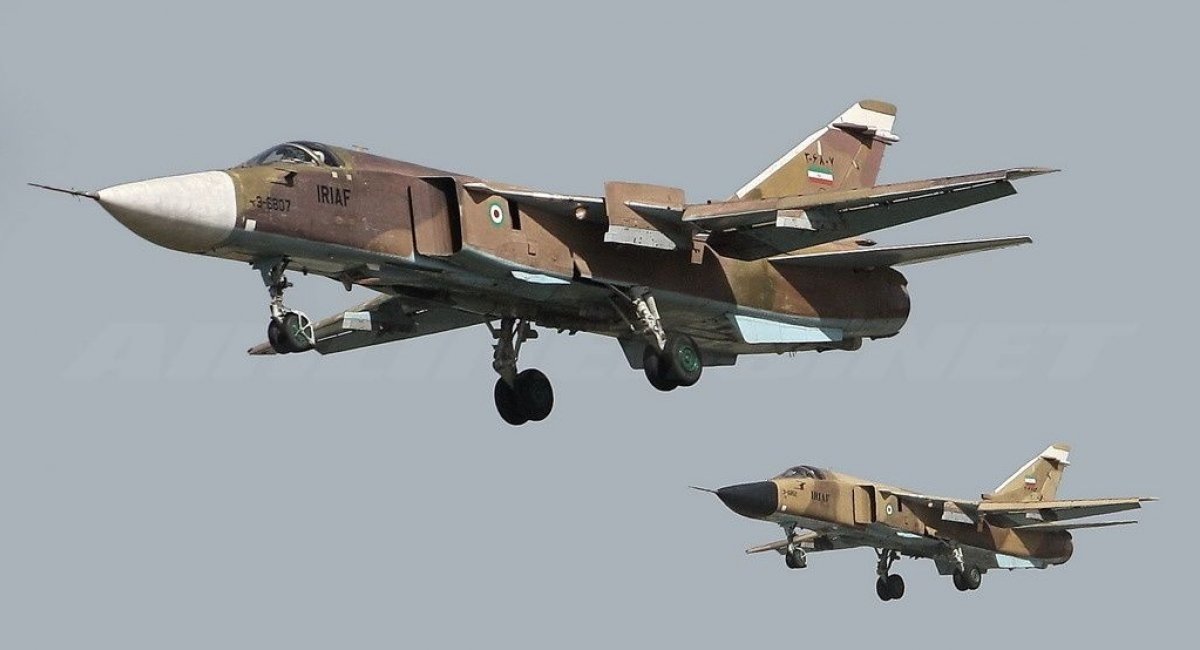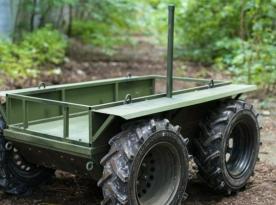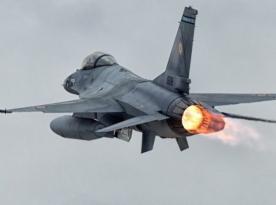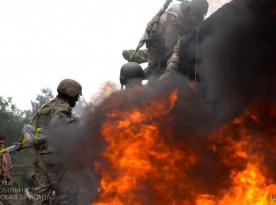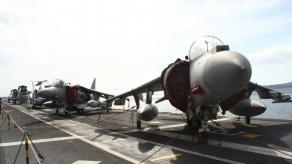Early February 2023, iran showed its new Asef missile that goes under wing of a Su-24M aircraft. The Meshkat project (or "Project 351" in western sources) aimed to recreate an own copy of Soviet Kh-55 cruise missile with an attack range of 2,000 km, began over ten years ago.
Within the Meshkat project, iranians have already managed to produce several samples of the Kh-55 copy but they did not succeed in making it fly far enough. Therefore, they resorted to an obvious solution and adapted their cruise missile to be carried by a bomber, as a result they got a system with a range of 1,500 km. The results of iranian developments were published by The International Institute for Strategic Studies (IISS).
Read more: Once Again russians Use Kh-55 Missile With Nuclear Bomb Dummy and Try to Disguise Their Kh-101
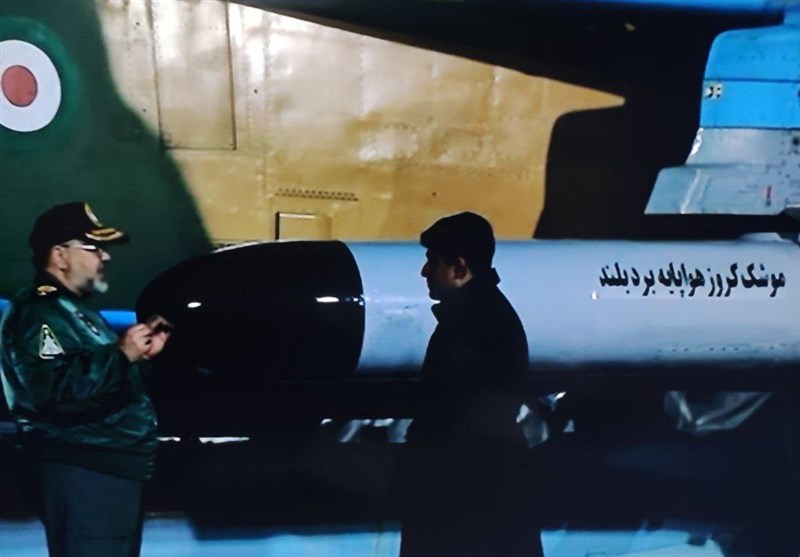
If Iran manages to make its Asef missile ready for combat use, the Su-24M with this type of a cruise missile will be able to hit any targets in the entire territory of Israel and partly Saudi Arabia.
However, in this case the iranian copy of the Kh-55 most likely won't show sufficient reliability and hit accuracy. The primary reason is, iran could only copy the Kh-55 glider configuration, not the internal systems of the Soviet missile. Even though the works on the Asef missile started in 2012 at the very least, and the presentation of the finished "product" appeared only 10 years later.
Notably, while attempting to create precisely an air-launched cruise missile, iranians got a byproduct – Quds family of cruise missiles designed to be launched from ground-stationed platforms that has already been "proven in battle" by Yemeni Houthis during their mass attacks on the power supply infrastructure of Saudi Arabia.
The capability to be launched from ground platforms might be the sole advantage of the Quds cruise missile family since the iranians could not even make their own turbofan engine like the one installed on the original Kh-55. Instead, they used an ordinary turbojet, so the increased range is achieved by reducing the cruising speed of the missile and extending the tail to fit a larger fuel tank.
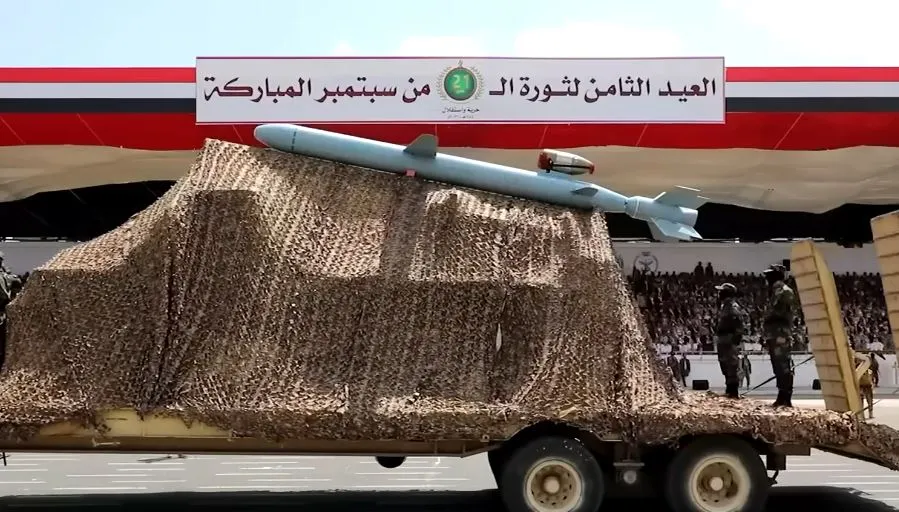
The iranian Quds uses a primitive pressure altimeter instead of a radio altimeter. This feature significantly spoils the hit accuracy of the missile in the best scenario, while in the worst such missiles simply crash before they reach the target.
Given all that, it is all the more significant that instead of stocking their Quds missiles, iranians give them to the Houthis first, so that the latter test the developments in real warfare conditions.
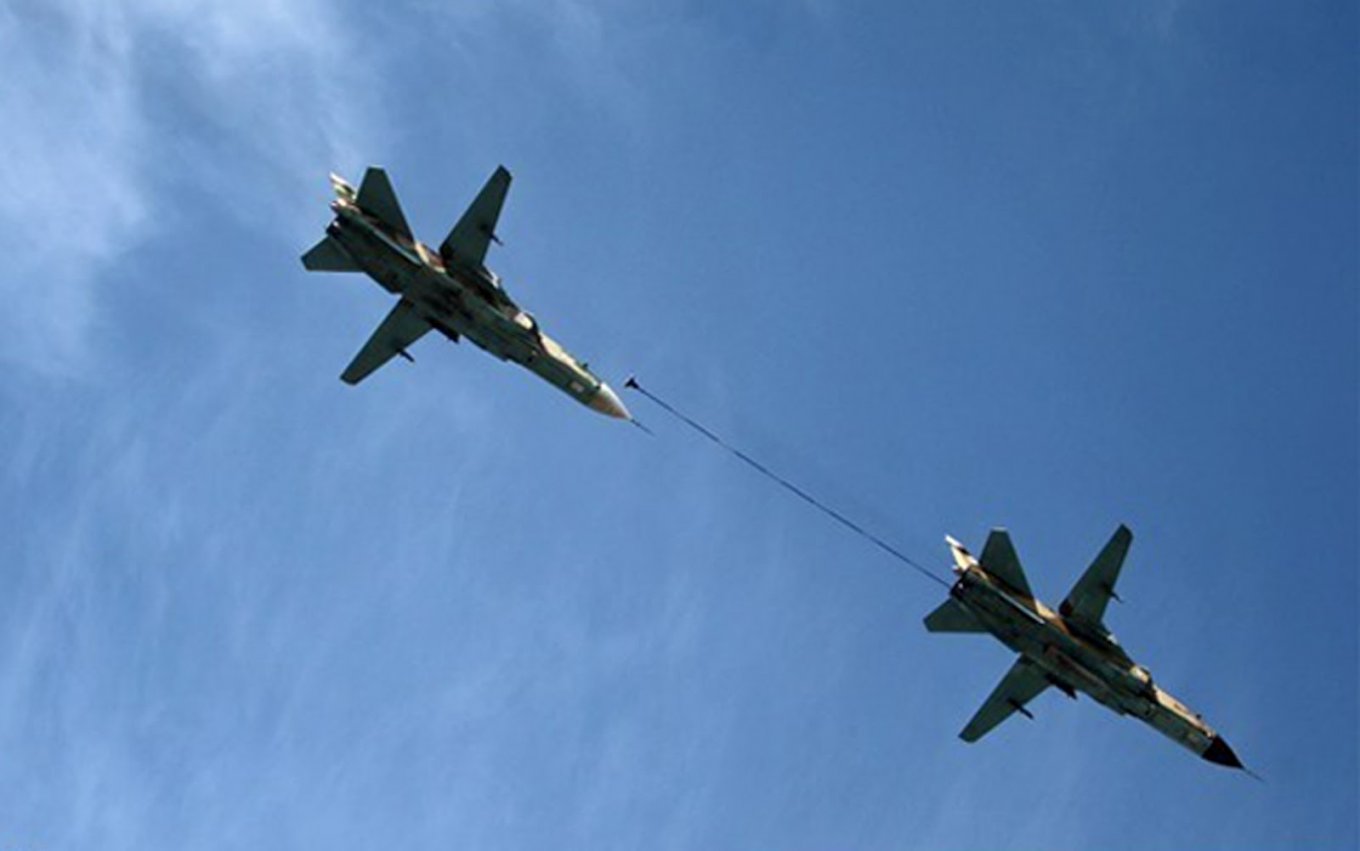
As for the Su-24M, iran got them in 1991: these are the planes redeployed from Iraq during "Operation Desert Storm" in an attempt by Iraqi Air Force pilots to save the aircraft from the strikes by the Coalition.
The Military Balance 2022 states that iran "on paper" has 29 Su-24MK bombers, but there is no information whether those are still combat capable. Neither is there any data on whether russia helped to maintain these planes with spare parts supplies.
Read more: The russians Already Redeploying Old BTR-50 APCs to the Frontline, The Next Turn for T-34 Tanks to Emerge There




